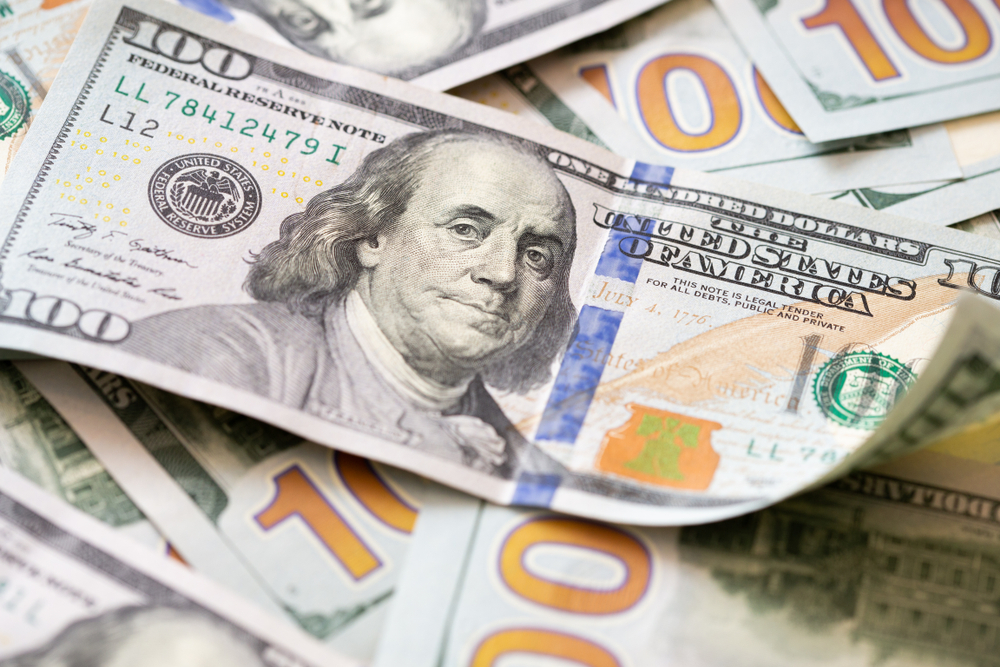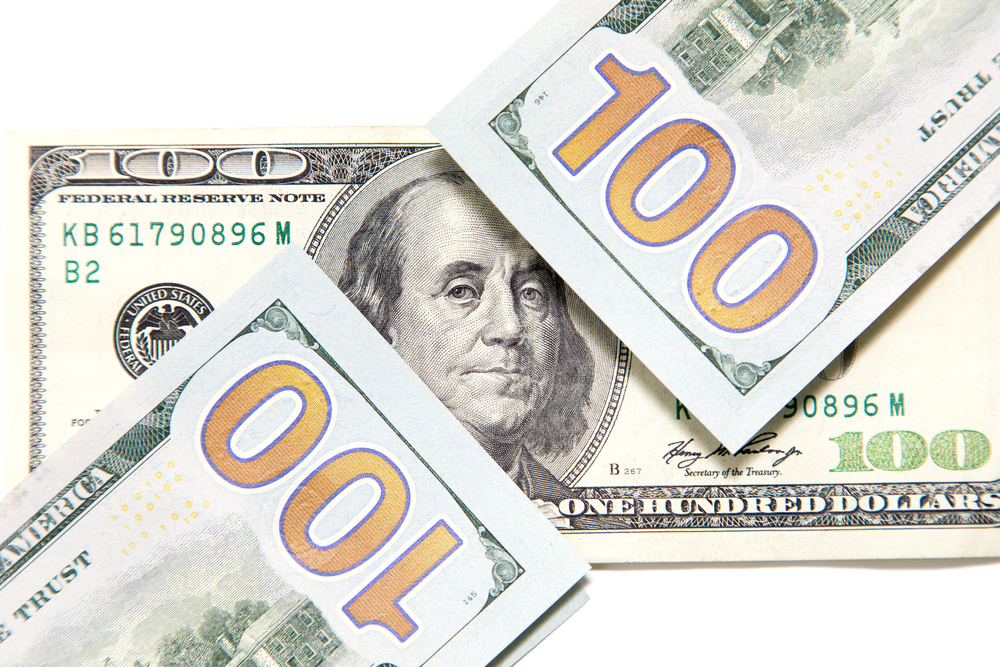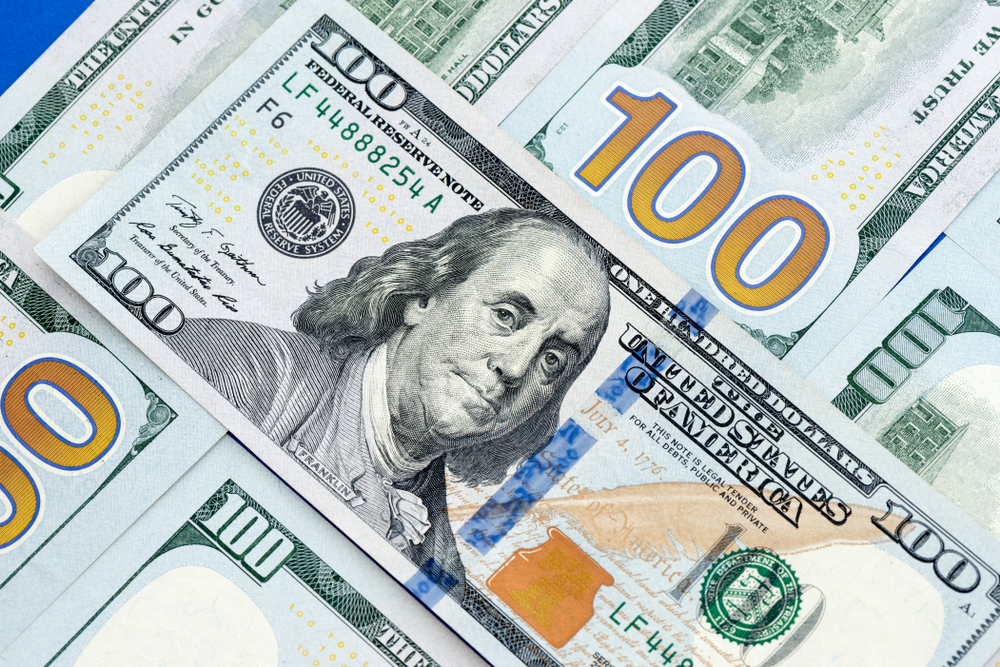USD
In this section, you will find important information on the US dollar index: news, actionable trading ideas, and a live DXY chart. All of which will help you understand the markets better.
What is USD?
USD is the financial abbreviation for the United States dollar. As its name suggests, it is the official currency used by the United States of America and its territories since the Coinage Act of 1792. It is governed by the Federal Reserve, otherwise known as the Fed. The Federal Open Market Committee (FOMC) is the board that decides on monetary policy.
Related currencies: USDMXN – USDNOK – USDRUB – USDSEK.
Most of the world’s currency reserves are in US dollars. This is why it is also dubbed as the global currency. The Bretton Woods System allowed countries to pegged their currencies to the US dollar. Consequently, central banks all over the world accumulated the currency in their vaults to help stabilize their economies after the Second World War.
It is then no surprise that among all currencies on the spot FX market, the US dollar is the most heavily traded. Its performance is often tracked through the US dollar index, with the most popular being the DXY index. It measures the value of the US dollar against a basket of 6 currencies. Namely, the following make up the basket: the euro makes up a huge percentage of it at 57.6%, followed by Japanese yen at 13.6%, the British pound is in third at 11.9%, the Canadian dollar makes up 9.1%. Meanwhile, the Swedish krona and Swiss franc make up the smallest portion of the basket at 4.2% and 3.6%, respectively.
More Related currencies: USDCAD – USDCHF – USDCNH – USDINR – USDJPY.
The DXY was introduced in 1973 when the Bretton Woods System was no longer in effect. The US dollar index also makes it easier for forex traders to see the general performance of the US dollar without needing to check its chart against its counterparts individually. It can also be used as a leading indicator. For instance, the DXY may already be testing a major resistance level. A forex trader can then use the information to look for potential trades to sell the US dollar against the yen or the euro, for example.







